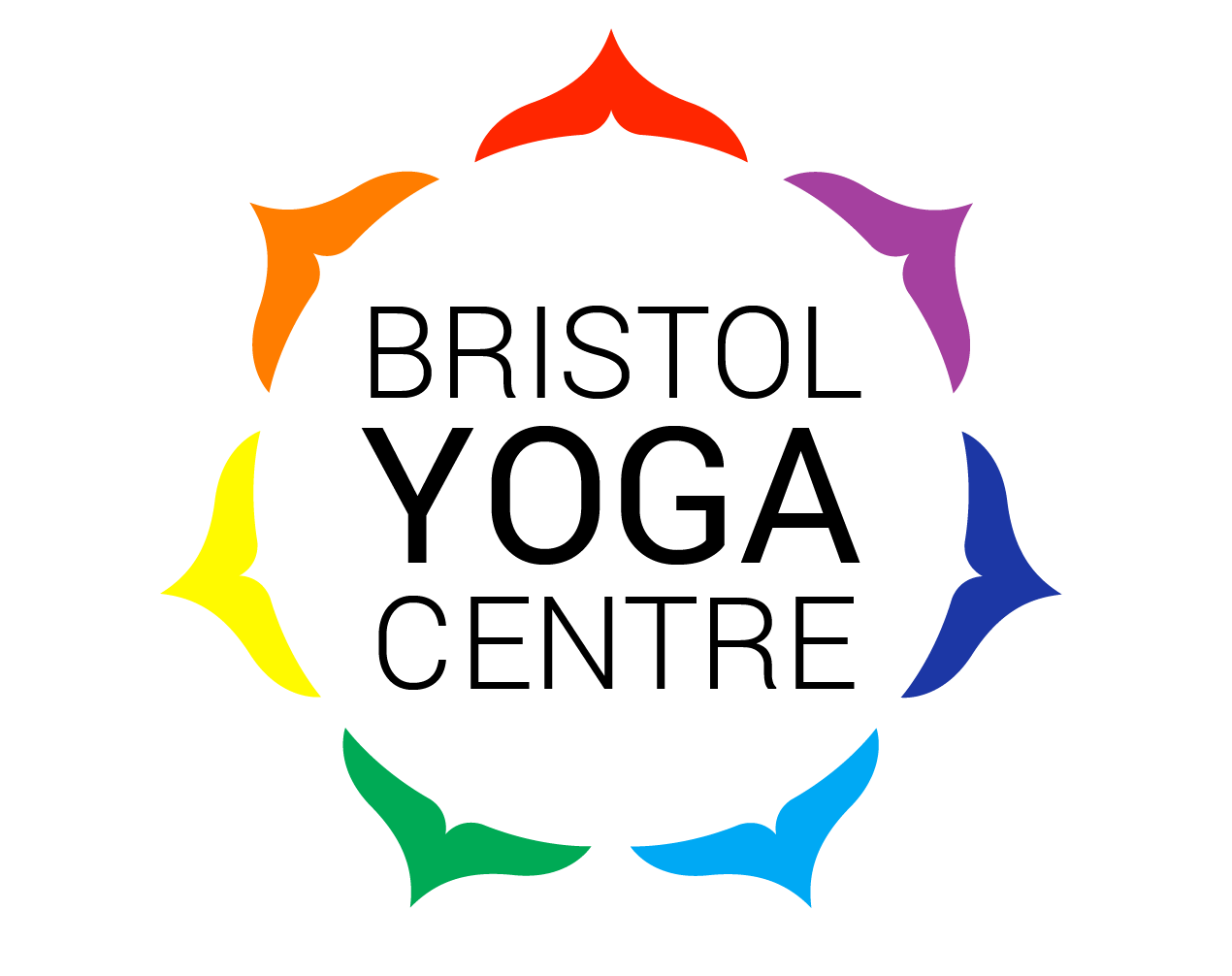“In a world troubled by war, civil unrest, political tension, and personal conflict, yoga’s ability to relieve stress and foster inner calm offers a potent tool for promoting peace,”
Diana O’Reilly, British Wheel of Yoga Chair.
We’re proud to be offering a Gentle Yoga and Meditation class as part of BWY’s Yoga for Peace Movement on Saturday 13th July 2024. The session is offered on a donation basis or for free to make the event accessible to all. This class is also suitable for complete beginners, so you don’t have to feel intimidated even if you’ve never practiced yoga or mediation before.
People often think that yoga is all about postures and movements, but it’s more to do with your ability to find relaxation and focus. It’s about deep listening and connection, rather than doing and forcing. You’ll get nowhere by pushing and pulling because you cannot force connection.
In our modern society, achievement and goals are often valued more than simply being. However, allowing time to absorb and digest our experience is essential for cultivating a peaceful mind. Simply being comfortable with yourself is one of the most valuable things that we can nurture. This is why meditation and relaxation are such an integral part of our practice.
From teaching mediation regularly, I’ve found that it can be useful to do simple limbering and warm up prior to sitting. It helps to release tension and allows us to naturally transition into a relaxed meditative state. Gentle yoga also helps you to become more aware of subtle sensations and instil sensitivity.
As Bessel Van Der Kolk, best-selling author and trauma expert says,
‘if you have a comfortable connection with your inner sensations – if you can trust them to give you accurate information – you will feel in charge of your body, your feelings and yourself’.
Slower paced practice gives us the opportunity to forge these connections and in turn get to know ourselves better. When we feel comfortable and safe, our mind and body will effortlessly open and soften, enabling us to listen to the subtle qualities and wisdom within.
When I’m facing challenging situation, my inclination is to try and resolve it as quickly as possible, without paying much attention to how I’m doing or feeling. This reflex may work well in time of accident or emergency but in most cases, we need to slow down and connect so that we can act from a clearer intention. I find mediation allows me this opportunity.
Meditation practice isn’t about blanking your mind to escape from your troubles, it is a chance to tune in to your true experience. Over time, you’ll develop inner awareness and ability to decipher what’s important. Through this connection with the whole of your body, mind, and emotions, you will begin to feel calmer and more content. From here you can expand that connection to others and the environment from a place of wholeness and kindness.




